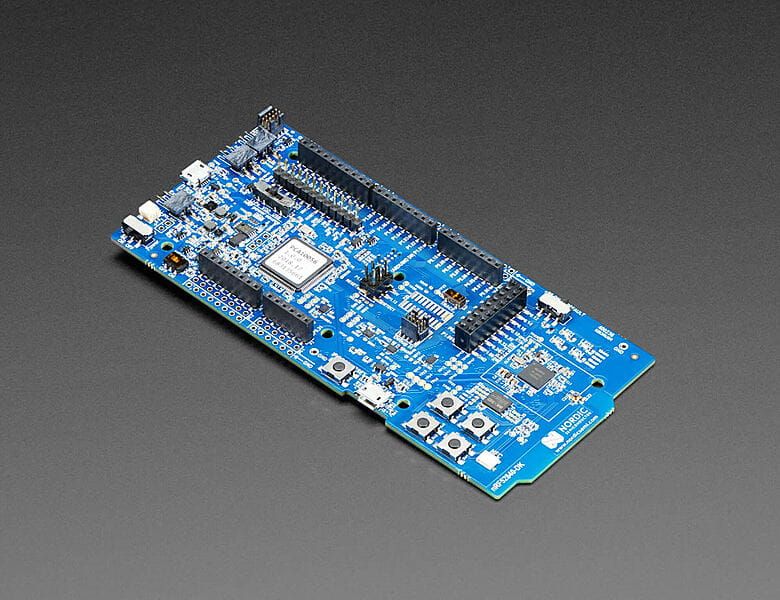

Double-click the emProject file to load the project. To use a Nordic sample program go to the folder ( C:\nrf5_sdk\examples\ble_central\ble_app_hrs_c in my case) and then dive into the pca10056\s140\ses folder where the Segger Embedded Studio (ses) project file lives. To move on to a more serious application, the best thing to do is start with a Nordic-supplied example program.

A Serious NRF52840 Application with Bluetooth Segger Embedded Studio Piece showing Hello World. You can develop without debugging using the SDK but getting a JLink is totally worth it. If you’re a hobbyist that would be the Segger JLink EDU ( purchase here) for about $60 or the JLink Mini EDU for about $20. SES requires a Segger device for connection. To get started you need Segger Embedded Studio (free for Nordic development). This include SPI, I2C, Interrupts, and Watchdog Timer.
#Segger embedded studio nordic arduino core code#
New 5–2019: I’ve posted some of the high-level code I wrote to simulate an Arduino-like experience with the Nrf5 SDK here. So, I decided to try developing on the Xenon using the Nordic Semi NRF5 SDK, instead of the particle firmware. There’s a section at the end of this article about using Arduino with the Xenon. I have great faith in Particle and expect the firmware to add these features but I have a project waiting for this.Īdafruit is also working on their Arduino for the chips but they don’t yet have the Xenon files in their Arduino port. The firmware doesn’t yet support traditional Bluetooth and it’s missing features like sleep. Unfortunately the Xenon also comes with very incomplete software. The Xenon uses the newer processor (with twice the ram and flash), is FCC certified, and has a 4MB spi flash for extra storage. They have the exact same pinout and mechanics. I waited months for my Xenons in order to replace some Adafruit NRF52 boards.


 0 kommentar(er)
0 kommentar(er)
